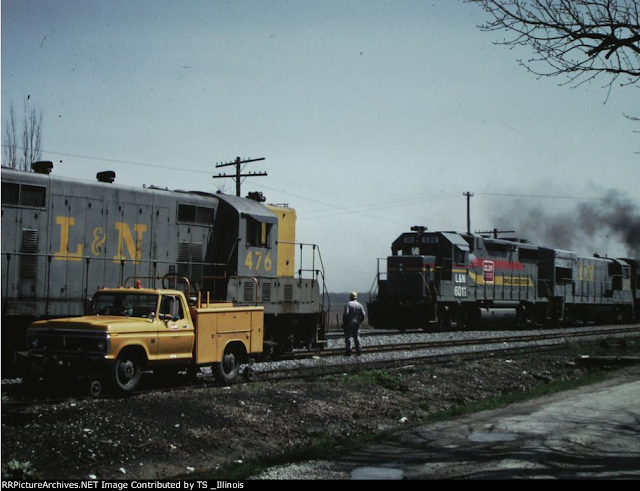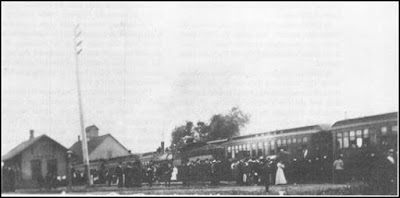What Happened at the Train Tracks near Rentchler, IL?

The Louisville & Nashville Railroad had a line running from Belleville to Mt. Vernon, IL (and beyond), that was abandoned by CSX from Belleville to Okawville in 1989 . ( Right of way ) Given the thousands of abandoned railroad corridors we have traced, this one generally seems pretty unremarkable. However, this particular abandoned line had an urban legend associated with it involving twin Albino boys who grew up on a farm near Rentchler, IL. Image: An L&N local meets a Family Lines through freight at Rentchler siding just east of Belleville, IL. ( RRPicutreArchives ) The story goes that these boys were bullied in school for their albinism. The bullying didn’t stop there, and the twins were tied to the tracks and left to die . It should be noted that there is no evidence that this story happened, and indeed shares many details with similar urban legends. If you'd nonetheless like to read further into this urban legend, Rayzor has an excellent summation of the story. Look...






